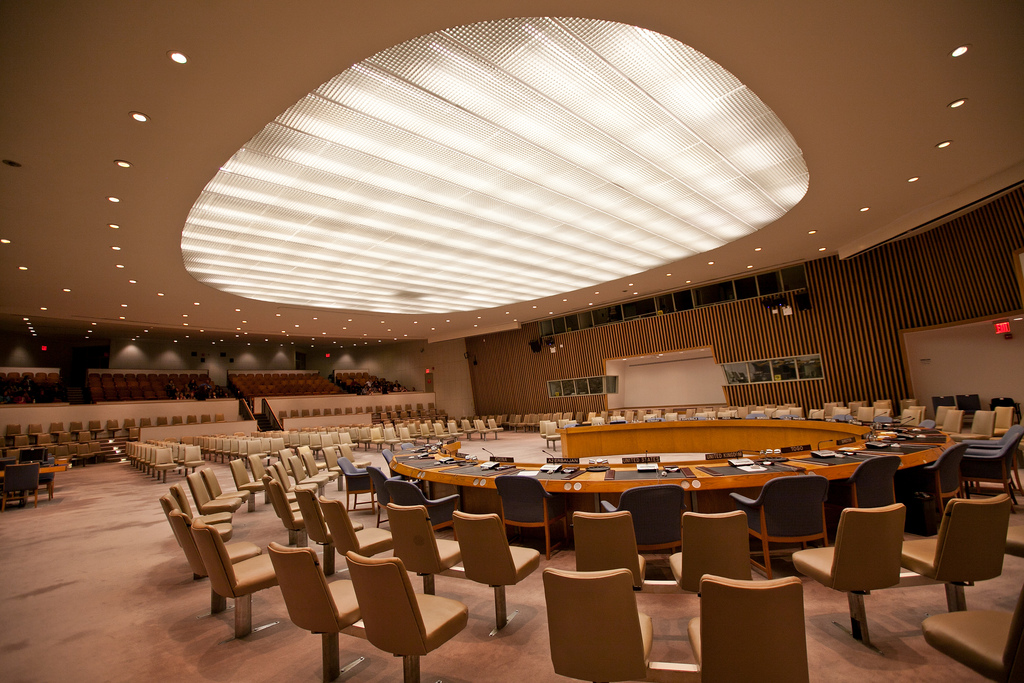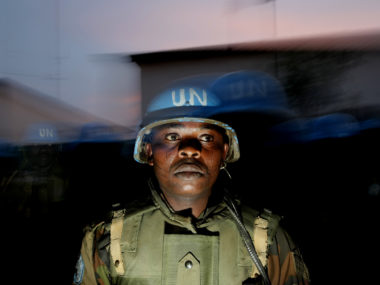Guest post by Cécile Mouly, María Belén Garrido, and Annette Idler.

Colombia is getting closer to ending the longest internal armed conflict in the Western Hemisphere. The government is likely to sign a peace agreement with Revolutionary Armed Forces of Colombia (FARC), the largest guerrillas in the country, and has announced the beginning of peace talks with the National Liberation Army (ELN), the second largest insurgent group. In remote municipalities like Samaniego in southwestern Colombia, the war has been harsh for the local population. And yet, in hundreds of places like this one, removed from the media’s spotlight, civilians have not given up: instead they have engaged in nonviolent initiatives to confront violence and overcome their marginalization.
In the midst of armed violence civilians have few options: (a) to flee, (b) to stay and collaborate or (c) to stay and resist. What makes civilians opt to resist in certain cases while in so many others they choose to flee or get embroiled in the war? We examine these factors in Samaniego in our article recently published in Peace & Change: a Journal of Peace Research.
Why Samaniego? There the civilian population decided to get organized to try to stop violence. Without using arms or any violent means, inhabitants declared their municipality a peace territory in 1998 and committed to refrain from collaborating with any armed group operating in their locality. Understanding the factors that influence the emergence and outcome of nonviolent resistance actions is key for policymakers to promote this kind of initiative and ensure their success, offering some practical solutions for creating zones of peace in the dark of war.
In Samaniego, we found that structural elements, including the sociopolitical and economic context – like national peace processes or regional support for local initiatives – facilitated the appearance of a civil resistance movement and the achievement of its goals. But the agency of key individuals, such as the mayors, the characteristics of the civil resistance movement and its strategic choices were at least as important.
- Agency
Under the leadership of Mayor Manuel Cuéllar, who had been kidnapped during the electoral campaign in 1997, people from Samaniego said ‘Enough is enough.’ Instead of staying at home and letting fear dominate them, they mobilized massively to reject the violent behavior of armed actors operating in their municipality, strongly influenced by ELN at the time. Years later, during the administration of Mayor Harold Montúfar (2004-2007), who had also been kidnapped while campaigning for the post, people from Samaniego supported two initiatives led by the Mayor: a local peace pact composed of rules to be respected by armed actors and the population to ensure civilians’ noninvolvement in the war, and the removal of landmines from the municipality. During this time ELN, paramilitaries, and state security forces endorsed the local peace pact and FARC respected it.
- Characteristics of the civil resistance movement
Three main factors intrinsic to the civil resistance movement in Samaniego were relevant for its success. First, a high level of social participation in collective actions carried out by the movement persuaded the armed actors to respect community rules. Second, a high degree of unity within the community was crucial in order to exert leverage over warring parties. Both participation and unity also provided security to the people who nonviolently confronted armed actors. Third, a collective leadership that allowed the community as a whole to take part in the decision-making process ensured more continuity and resilience in the face of hardship.
- Strategic choices
The strategic choices made by the movement toward setting specific and realistic goals in order to address both direct violence and its root causes, abide by the precepts of nonviolence and impartiality, gain leverage over armed groups, and secure some level of buy-in from warring parties were pivotal factors for success.
For instance, in several areas of the mountain region of the municipality – inhabited mainly by peasants – the population was confined during months in 2008. They could not move because of the landmines sown by ELN in the area. Running short of food and not receiving money from selling coca leaves, people decided to resist and negotiate with the guerrillas to alleviate their suffering. The population publicized their situation to gain support and exert pressure on the insurgent group, which did not want to be held publicly responsible for the humanitarian consequences of the prolonged confinement of locals. Under this pressure, the Constitutional Court issued an order in 2008 to provide humanitarian assistance to the confined communities.
In San Diego, one of the confined villages, people decided by communal assembly to threaten ELN with massive emigration in case it did not allow them freedom of movement. They let ELN understand that, should the local population leave the territory, no one would shield the rebels from armed forces’ attacks. Thus, ELN accepted to only sow mines in certain locations, let free passage of civilians during certain times of the day, and collaborated with the removal of some landmines.
Our findings can be useful for peacebuilding scholars and practitioners alike. As Kaplan argued in his December 2013 post, this kind of bottom-up civil resistance initiative can contribute to humanizing war and is often more effective than initiatives from the top or international actors.
Certainly a note of caution is in order – these initiatives do not always succeed, as we show elsewhere. Fear and oppression prevail in many communities or, in some instances, armed groups have taken complete control, impeding civilians from taking action.
Nevertheless, experiences such as Samaniego set an example that can be followed; namely, that violence is not the only way to address conflict and that, by coming together, civilians can overcome some of the worst effects of war. As the Colombian internal armed conflict hopefully comes to an end, it is imperative to draw on such experiences in order to build a peace rooted in realities on the ground.
Cécile Mouly is a lecturer and researcher at the Department of International Studies and Communication at FLACSO-Ecuador. María Belén Garrido is a lecturer at the Pontificia Universidad Católica, and a researcher at the Department of International Studies and Communication at FLACSO-Ecuador. Annette Idler is Director of Studies at the Changing Character of War Programme, Pembroke College, and Research Associate at the Department of Politics and International Relations, University of Oxford.







2 comments